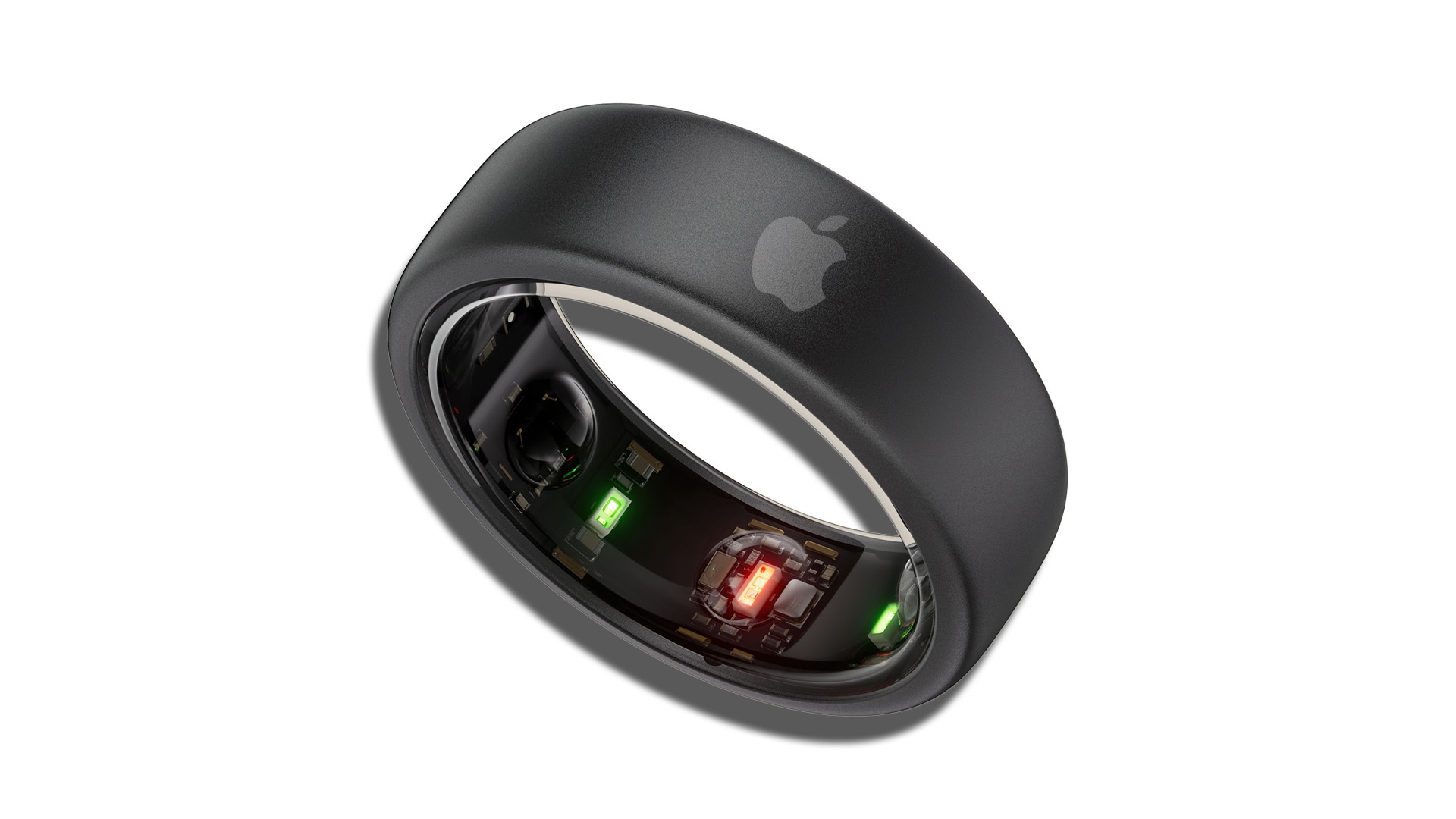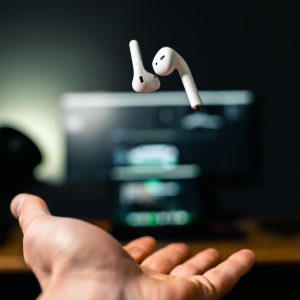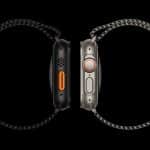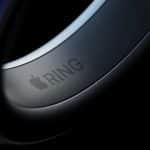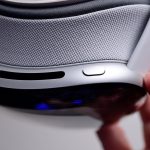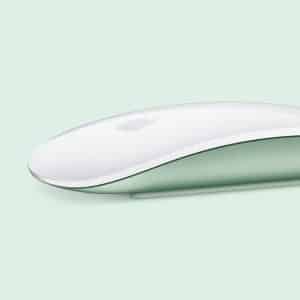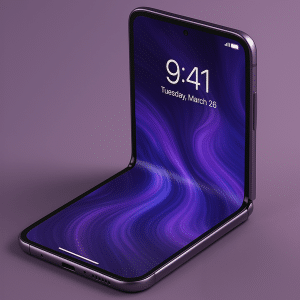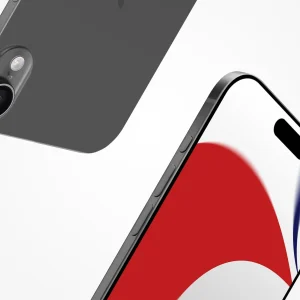Smart rings, which offer many of the functionalities found in smartwatches but in a more discreet form factor, have gained attention in recent years. These rings can track health metrics like sleep, heart rate, and even stress levels, while offering benefits such as longer battery life and greater comfort compared to wrist-worn devices. Brands like Oura and Circular have already made a name in this space, with Oura in particular gaining a devoted user base for its health and fitness tracking features.
Given Apple’s track record with health-focused devices, many expected the company to introduce its own smart ring to compete in this space. Rumors about an “Apple Ring” circulated for years, especially after patents surfaced detailing potential designs and functionalities. These included biometrics for health monitoring, gesture control for navigating through Apple devices, and even integration with Apple Pay.
Why Apple Chose to Pass on Smart Rings
Despite the growing interest in smart rings, Apple has chosen not to pursue this category at this time. There are several possible reasons behind this decision:
1. Saturated Wearables Market
The wearables market is already highly competitive, with Apple Watch holding a significant share. Rather than introducing a new, potentially niche product, Apple may be focusing on strengthening its existing lineup. The Apple Watch has evolved into a comprehensive health and fitness device, and Apple continues to enhance its capabilities with each iteration. By focusing on refining the Apple Watch, Apple can maintain its dominance in the wearable tech space without diluting its offerings with another product like a smart ring.
2. Consumer Behavior and Demand
While smart rings offer some advantages, they still cater to a relatively small portion of the consumer market. Devices like the Apple Watch offer a broader range of features, including fitness tracking, notifications, apps, and cellular connectivity. By contrast, a smart ring’s form factor limits its functionality, making it more specialized. Apple may have determined that the demand for such a product doesn’t justify the resources required to develop and market it, especially when its existing wearables already fulfill most of the functions a smart ring would.
3. Challenges in Innovation
Developing a smart ring with meaningful functionality would present significant technical challenges. Battery life, sensor accuracy, and comfort are all critical factors in the success of wearables. A ring would need to house advanced sensors, offer connectivity features, and still remain comfortable enough for daily wear—all within a much smaller form factor than a watch. For now, it seems Apple has decided that these constraints make a smart ring less viable than further improving its Apple Watch lineup.
The Competition: Samsung and Others
While Apple may have decided against a smart ring, its competitors are moving forward. Samsung is reportedly preparing to launch a Galaxy Ring in 2025, which is expected to focus heavily on health tracking. This move positions Samsung as one of the first major tech companies to introduce a smart ring, aiming to capitalize on growing interest in alternative wearables.
Other brands like Oura have already established themselves in the market, and their success demonstrates that there is demand for this type of product—albeit in a niche segment. For Apple, entering this space would require not just matching but surpassing these competitors, something that the company may not see as a priority given the success of its current wearables.
Implications for Apple’s Wearables Strategy
Apple’s decision to avoid the smart ring market may ultimately be a calculated move that aligns with its broader strategy of refining existing products. The Apple Watch continues to receive annual updates that push the boundaries of health monitoring, with features like blood oxygen tracking, ECG, and sleep analysis already offering what a smart ring might.
Additionally, Apple has been focusing on future-forward products like the Apple Vision Pro, a headset that integrates augmented reality into daily tasks. By placing more emphasis on AR, VR, and its expanding health network, Apple could be steering away from smaller-scale innovations like a smart ring to focus on higher-impact products that redefine categories.
Could Apple Revisit the Smart Ring Concept?
While Apple has no plans to launch a smart ring in the near future, this doesn’t mean the idea is completely off the table. Apple is known for taking its time with new product categories, often waiting until the technology is mature enough to support a market-leading device. Just as Apple didn’t rush into wearables with the Apple Watch until 2015—years after competitors introduced early models—the company could still develop a smart ring once it believes it can offer a product that adds real value to users.
For now, Apple seems content to let others lead the smart ring space while it focuses on its next wave of innovations. But as the technology evolves, and as consumer demand potentially grows, it wouldn’t be surprising to see Apple re-enter the conversation with a smart ring of its own.
A Strategic Pause or a Missed Opportunity?
Apple’s decision to pass on a smart ring may disappoint some who were looking forward to seeing how the company would innovate in this space. However, this decision likely reflects Apple’s broader strategy to focus on products with mass appeal and transformational potential, rather than catering to niche markets.
With competitors like Samsung moving forward with smart ring development, only time will tell if Apple’s approach was the right one. For now, Apple appears to be sticking with what works—continuing to dominate the wearables market through its Apple Watch and looking ahead to larger-scale innovations in the future.
Would you want an Apple Ring? Let us know on X.
